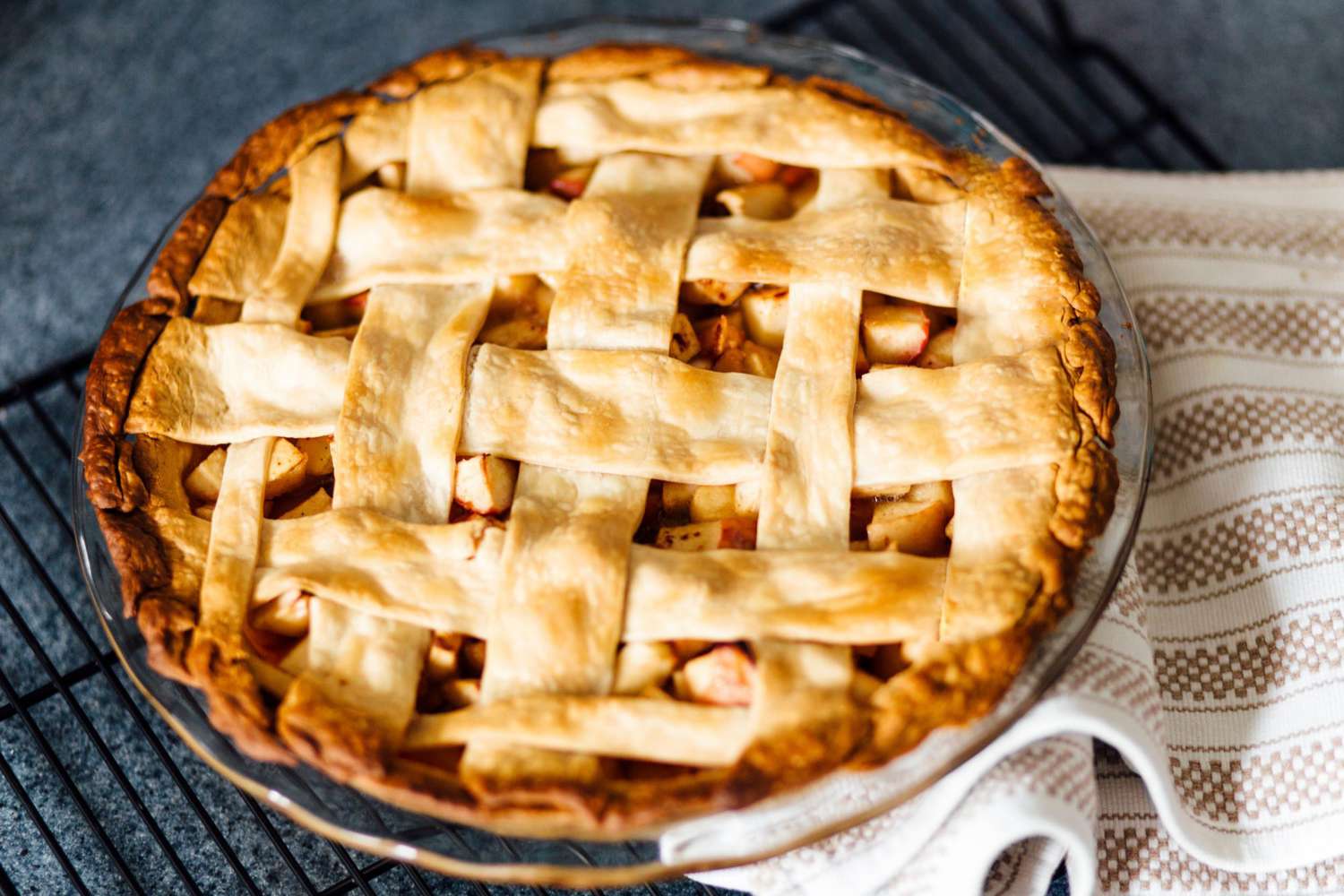Ginger is one of the most flavorful and versatile, ingredients you can use in the kitchen. And it doesn’t hurt that its inherent health benefits have been used in remedies for literal centuries. It’s one of those highly prized ingredients that shines bright in both the sweet and the savory. It’s immaculate in dressings and glazes, adds a kick to desserts like hand pies, and is quintessential in marinades and stir-fry.
It can be frustrating to continuously purchase ginger, use a bit, and then throw the rest away. Sure, you had the best intentions for the rest when you put it back in the fridge – only to return a couple of weeks later to discover it shriveled and forgotten, under a bagged salad.
Storing your ginger properly can ensure whatever you bought – one root or 20 – stays fresh as long as possible.
How Long Does Fresh Ginger Last?
Fridge: 30+ days unpeeled; 2-3 weeks peeled
Room temperature on the counter: 10 days – 3 weeks
In freezer: 4-6 months
How to Store Ginger
Knowing the proper place to store ginger can seem tricky since it’s sold both at room temperature and refrigerated. But just because either place is appropriate, doesn’t mean it’ll last as long in both. The fridge is the best place to store your ginger once you bring it home, specifically, in the crisper drawer.
Fridge
The fridge is arguably the best place to store fresh ginger. Keeping the moisture in it, without letting any additional creep in, and allowing the cool temperature to preserve it is key. The cool air will dry out the ginger over time, but it isn’t much different than any other storage method, so it’s not much of a downside.
-
Keep the ginger intact, with the peel still on. Cut and/or peeled ginger won’t store as well or last as long.
-
Place whole ginger in a zip-top freezer bag, press out as much air as possible, seal and store in the vegetable crisper drawer. (A paper bag is a decent second choice to a plastic zip-top.) If you got excited and already peeled it, wrap it completely in plastic wrap before adding it to the bag.
Counter
-
Place whole, unpeeled ginger in an open jar or container and place in a cool, dry spot.

Get the recipe:Asian Ginger Dressing
Spirit
One unique option for storing your ginger is to do so in spirit. Using alcohol won’t affect the taste of the ginger in cooked dishes, since most of it will burn out, and the resulting liquor makes a tasty cooking liquid or delicious flavor-infused spirit for cocktails.
-
Place whole or sliced ginger in a small glass jar or other sturdy container and pour in just enough vodka or sherry to cover it completely. This will preserve it several weeks. Just be sure to throw it out when the alcohol looks cloudy – that means bacteria or even mold are around.
How to Freeze Ginger
The longest preservation method for ginger is similar to that of many foods – freezing. To go that route, choose one of the following three ways:
Puree
Add peeled or unpeeled ginger to a food processor or professional-grade blender to create a paste. If you’d like it to be a bit looser, add a bit of water to make a puree. Spoon the paste or pour the puree into ice trays and freeze. Transfer the ice blocks to zip-top freezer bags, push the air out, label and date.
Cut
Cut off the desired amount of ginger(usually in 1″ chunks). Parfreeze the chunks by spreading them out on parchment or paper towel-lined baking sheets and transferring them once frozen to a zip-top bag for storage. Or, if only freezing a few pieces, place them all in a freezer bag and lay the bag flat in the freezer on a paper towel-lined baking sheet, spreading the pieces out so they don’t stick together until frozen. Once solidified, the bag can be stored more efficiently.
If you favor minced ginger, pile it into a zip-top bag, lay the bag flat, press it into a thin, flat layer while pushing as much air out as possible, seal and label it. Freeze the bag lying down on a sheet pan covered in paper towels or parchment, then transfer the sheet to an upright position.
Whole
You can freeze whole ginger with the skin or without. It is easier to peel once frozen, if you feel the need to peel it, but don’t try to cut it after the fact. That’ll be quite difficult – and dangerous.
Wrap the whole piece in plastic wrap, place it in a zip-top bag or freezer-safe container, seal and label it. To use, simply grate what you need as you need it, straight from frozen. There’s no need to thaw it.
How to Tell if Ginger Has Gone Bad
Ginger past its prime will be dull and wrinkled. It will feel lighter, as the moisture inside dries over time. The beautiful fragrance will be much less pungent.
You can also tell if it isn’t fresh when you slice it. If the hue of the interior isn’t bright yellow, but rather a dark yellow, brownish shade, or has a grey tinge, it’s gone (or is going) bad.
Ginger that is fresh is firm, so any softness or especially mushiness means a drop in quality.

Get the recipe:Boscobel Beach Ginger Cake
Common Mistakes to Avoid When Storing Ginger
- Avoid peeling your ginger in advance – any exposed flesh will only mold more quickly.
- Keep ginger out of direct sunlight and away from the stove. High temperatures or bright lights will dry it out.
- If you’re cutting off a bit and returning it to the fridge, first blot the cut end with a paper towel to remove any excess moisture.




